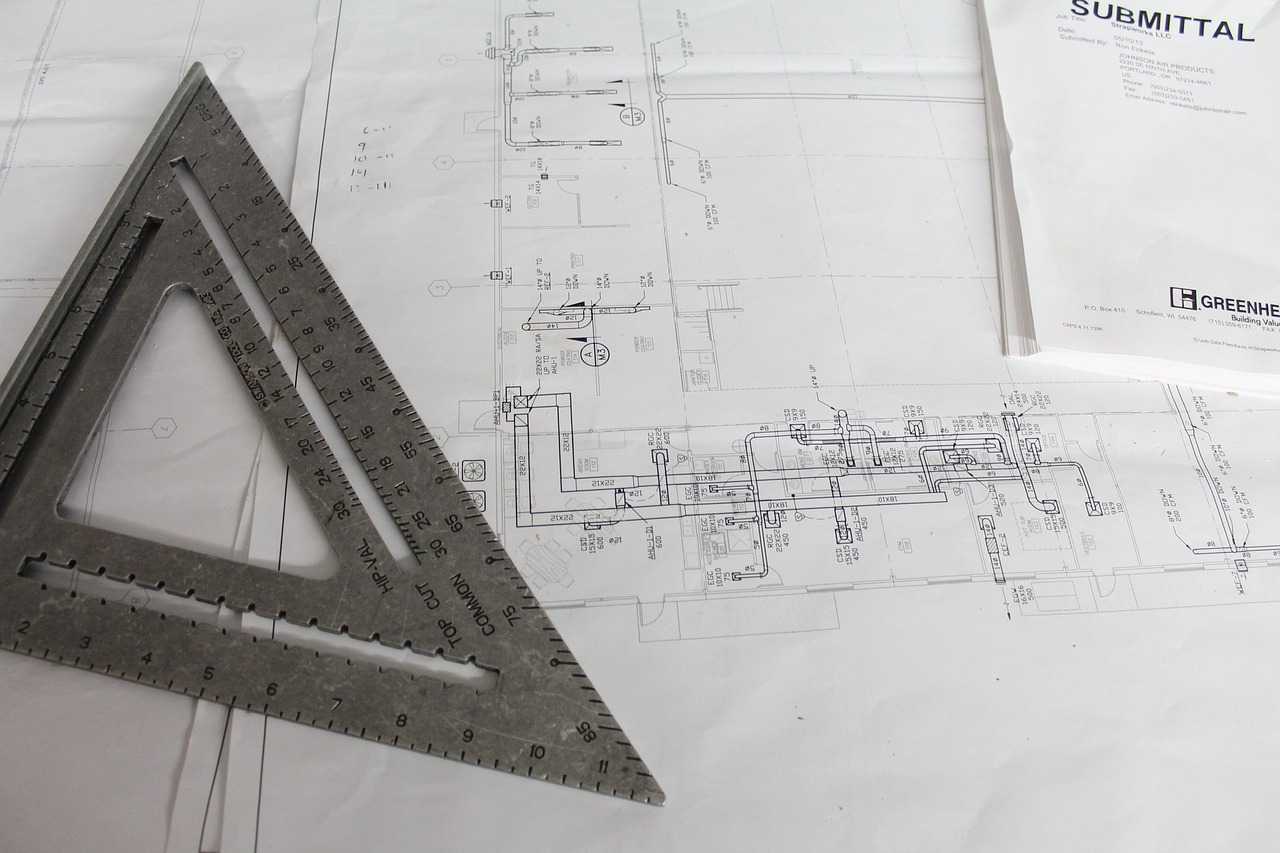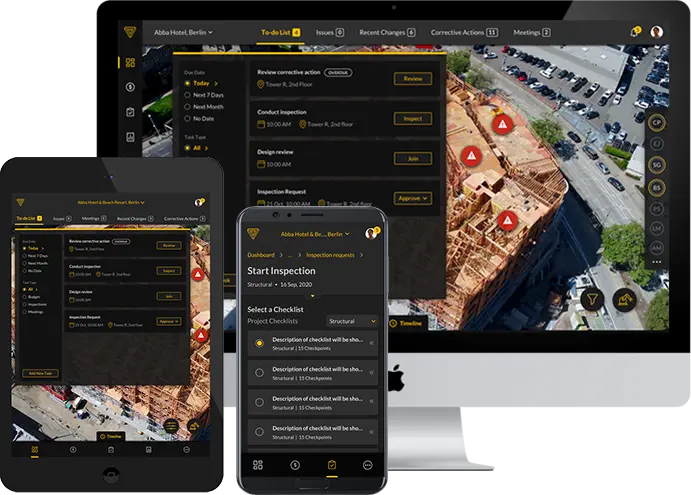In construction, efficient document management is the cornerstone of successful project execution. The transition from traditional paper-based systems to paperless document management has ushered in a new era of streamlined processes, improved communication, and enhanced project oversight.
In this exploration of “Paperless Construction Document Management for Better Management,” we delve into the significance of document management software, particularly focusing on submittals and Requests for Information (RFIs).
By leveraging digital solutions, construction projects are not only becoming more organised but are also reaping the benefits of increased accuracy, faster decision-making, and improved collaboration.
Document Management Software – The Foundation of Efficiency:
Document management software is the foundation of efficiency in today’s fast-paced business world, where information flows continuously and projects demand seamless collaboration.Businesses may reduce the risk of document loss, enhance collaboration, and increase productivity by centralising document storage, version control, and accessibility.
As a digital repository, document management tools store a variety of documents, including contracts, project plans, design drawings, and financial data. This consolidation removes the inconvenience of looking through physical files, saving time and lowering the possibility of losing important information.
Stakeholders may easily find the needed documents with advanced search options, which speeds up the decision-making process.
Streamlining Submittals for Enhanced Collaboration :
The potential of document management tools to speed up submitting procedures is a key feature. This promotes improved collaboration in the construction and other industries where submittals are essential for the progress of projects.
It makes it easier for contractors, architects, engineers, and clients to submit, evaluate, and approve essential documents by giving them a centralised platform.
This streamlining reduces delays, guarantees adherence to project specifications, and improves communication. The development of trust among project stakeholders through an open and organised submittal procedure promotes efficient workflows and timely completion of projects.
Enhancing Communication through RFIs :
Requests for Information (RFIs) are essential to project management because they give stakeholders the chance to get answers and clear up confusion. The RFI process is improved by document management software, which offers a standardised platform for creating, monitoring, and managing RFIs.
The program makes sure that project participants are kept up to date on the status of RFIs through automated notifications and status updates.
The improvement of communication helps avoid misunderstandings, cut down on delays, and foster a cohesive workplace. Using document management software to communicate clearly speeds up decision-making and reduces the chance of misunderstanding-related mistakes.
Environmental Sustainability and Cost Savings :
Implementing document management tools go beyond simple digital organisation and help save money and the environment. The transition to digital procedures from paper-based documentation minimises the need for excessive printing, which lowers paper usage and reduces waste production.
Business’s environmental impact has been greatly reduced by switching from paper-intensive procedures to digital documentation. Businesses can contribute to worldwide efforts to reduce environmental effects by conserving valuable natural resources and reducing waste production by using paper as sparingly as possible.
This is in line with the goals of modern companies to use eco-friendly practices. Additionally, the decrease in paper use results in immediate cost savings. Savings result from reduced costs for paper and printing as well as reduced demand for physical storage space and related upkeep.
These financial advantages support the larger company objectives of efficiency and prudent resource management.
Real-Time Tracking and Accountability :
Real-time tracking capabilities are one of document management software’s key advantages. A digital trail is left behind by each action, including uploading, altering, and reviewing documents.
By increasing accountability among team members, this transparency helps to reduce disagreements over who owns or modifies which documents.
Maintaining project timeframes is made easier with real-time tracking.
Project managers can track the status of document approvals, identifying any bottlenecks and acting quickly to fix them. Understanding recurring issues through historical data analysis promotes continual improvement and efficient project execution.
In conclusion, document management software goes beyond its purely technical capabilities to act as a catalyst for organisational change. The foundation for today’s company efficiency, then, is document management software.
Organisations benefit from streamlined cooperation, lower environmental impact, and significant cost savings by switching from conventional paper-based systems to digital repositories. Through improved RFIs and real-time tracking, this technology not only enables more efficient submittal procedures but also improves communication and responsibility.
Using document management software gives firms the tools they need to succeed in a cutthroat business environment while supporting sustainable business practices. Organisations that adopt this technology are better positioned to thrive in a dynamic environment where effective information management is crucial.
There are several benefits of going paperless within the construction industry, from the improvement in productivity to the cost savings associated. Paperless technologies also allow for ease of collaboration within teams, thereby improving the utility, accessibility, and quality of project documents.
In fact, the leading document management solutions in the construction sector, including Zepth, offer a true common data environment for firms to centralize paperwork for seamless access. This ensures workflow quality adherence, comprehensive logging & auditing, while standardizing critical processes for timely project delivery.
What are some of the main ways to go paperless in construction?
There are multiple strategies that construction firms can adapt to initiate their transition towards paperless solutions. Some of them are as follows –
- Scale driven adoption of cloud – From planning data to timesheet management documents, all paperwork can be digitized seamlessly on the cloud. With comprehensive security and auditing tools provided, construction firms can safely upload and edit documents without worrying about unauthorized access.
- . Process-based digital solutions – BIM, ERP, digital mapping, and CRM tools offer data digitization solutions for construction firms that want to upgrade their processes. These solutions are also easily accessible at any time and can be used from any location, while storing large volumes of process-based information.
- Onboarding documentation tools – Dedicated data management solutions that are customized for the construction industry are some of the most impactful solutions available. These tools are designed to store, organize, cleanse, and report on data in real-time while enabling active collaboration for all stakeholders with ease.
The right strategy for paperless transitioning for construction firms
Construction firms can create a robust, scalable strategy for going paperless via the following approach.
- Auditing current practices across projects – Construction firms can audit existing practices within planning, team management, invoicing, estimates, and design, to understand key gaps that can be addressed with the right solution.
- Identifying key requirements – Post auditing, it is important to survey teams and capture key requirements that are pivotal to documentation management. Some teams may prefer collaboration or real-time editing, while others may prioritize ease of use and accessibility.
- Reviewing and engaging with vendors – Various vendors will offer single-use solutions, combined packages, or cloud-based additions. It is important to review all offerings against predefined metrics to understand how well vendors align with core requirements.
- Launching scalable digitization projects – Lastly, it is important to launch data digitization projects within a specific set of processes or teams, to capture early data insights on challenges and growth. This information can be further used to optimize paperless transitioning for scalable and complete enterprise-wide adoption.




